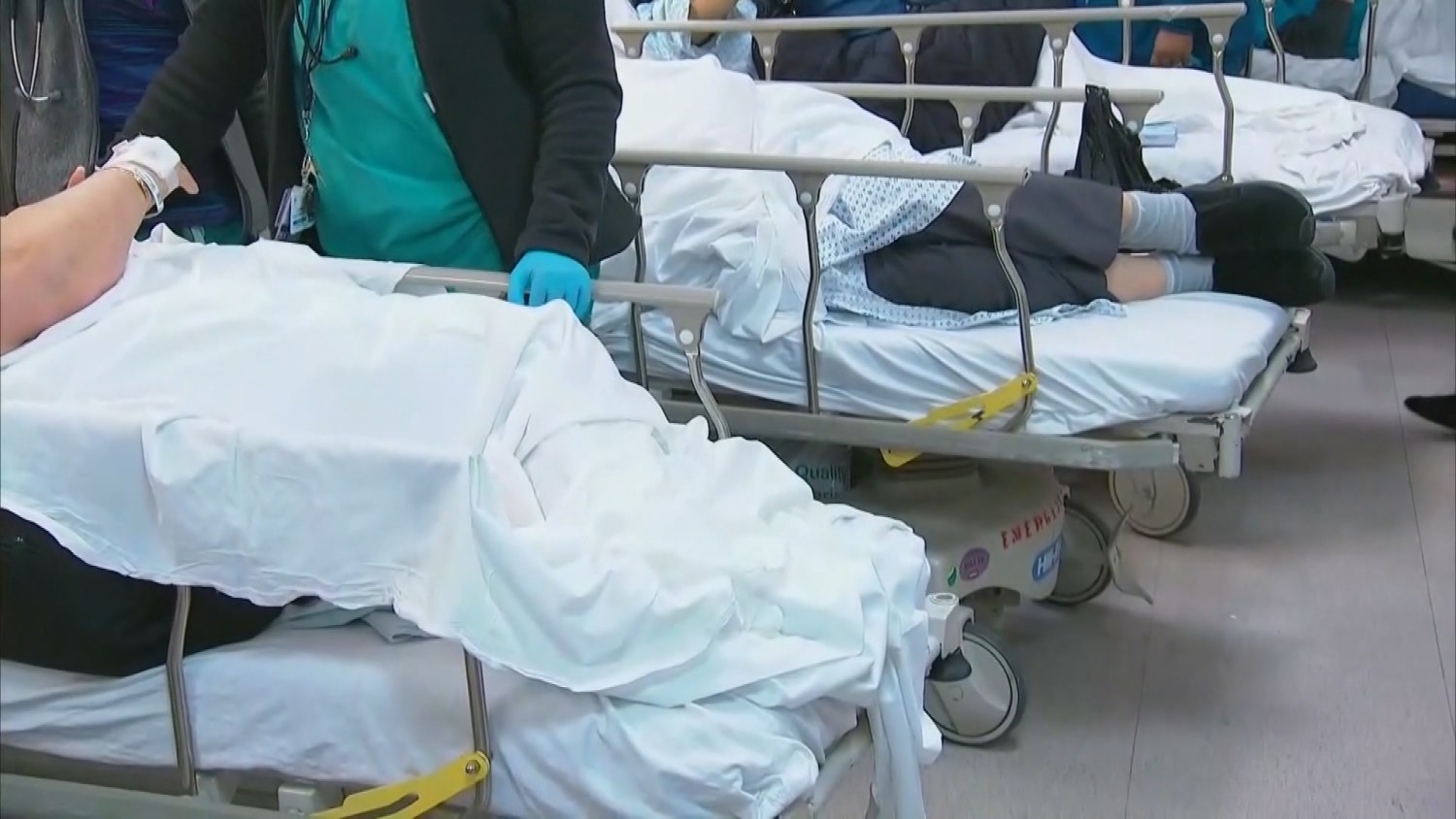
Cases of leprosy, an old infectious disease, have grown in the southeast United States, and health professionals are concerned that the infectious disease may become endemic to the region. According to the US Centers for Disease Control and Prevention (CDC), Central Florida is responsible for approximately one-fifth of all cases in the country and 81% of all cases reported in the state.
What is Leprosy?
Leprosy, commonly known as Hansen’s disease, is typically spread by prolonged person-to-person contact via airborne droplets from an infected person’s nose and mouth. According to The Guardian, the sickness has been relatively uncommon in the United States, with the majority of cases originating from people who immigrated from nations where the condition is more prevalent.
However, leprosy instances have significantly climbed since 2000, more than doubling in the last decade, according to the CDC. “Whereas leprosy in the United States previously affected persons who had immigrated from leprosy-endemic areas, [about] 34% of new case-patients during 2015-20 appeared to have locally acquired the disease,” the organization stated.
According to the CDC, the findings indicate “growing epidemiological evidence supporting leprosy as an endemic process in the south-eastern United States.” It further stated that, while the number of reported cases in the United States fell from 2019 to 2020, the surge in central Florida is a fresh source of concern.
If left untreated, it can cause severe impairments, including nerve damage
The CDC mentioned the example of a 54-year-old male from central Florida. The individual had not traveled domestically or internationally, had not had “prolonged contact with immigrants from leprosy-endemic countries,” and had denied exposure to armadillos, which are known to carry the disease, according to the report. The man, who has since been treated for the disease, worked in landscaping, according to the organization, and “spends long periods of time” there.
“The absence of traditional risk factors in many recent cases of leprosy in Florida, coupled with the high proportion of residents, like our patient, who spend a great deal of time outdoors, supports the investigation into environmental reservoirs as a potential source of transmission,” the CDC said.
Notably, if left untreated, leprosy can cause severe impairments, including nerve damage. It can affect people of all ages, although it is more common in children aged 5 to 15 and adults aged 30 and over. The disease is treatable with medicine, and damage can be avoided if leprosy is detected early. Skin patches, numbness or tingling in the hands, feet, arms, and legs, painless wounds on the hands and feet, and muscle weakness are all symptoms of leprosy.
